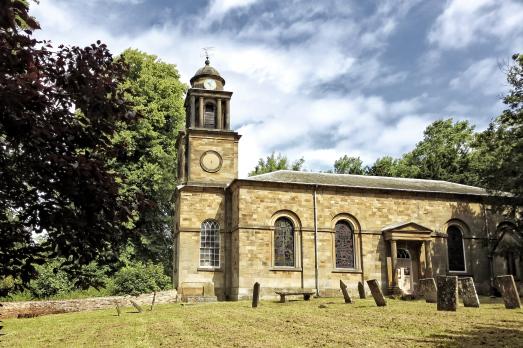
Holy Rood
Ossington, Nottinghamshire | NG23 6LH
Rare classical beauty (built in 1784 by John Carr of York) behind gilded 19th century gates and surrounded by woods on the edge of the village.
Search for a fascinating place to visit, or see the variety of churches, chapels and meeting houses we have supported.

Ossington, Nottinghamshire | NG23 6LH
Rare classical beauty (built in 1784 by John Carr of York) behind gilded 19th century gates and surrounded by woods on the edge of the village.
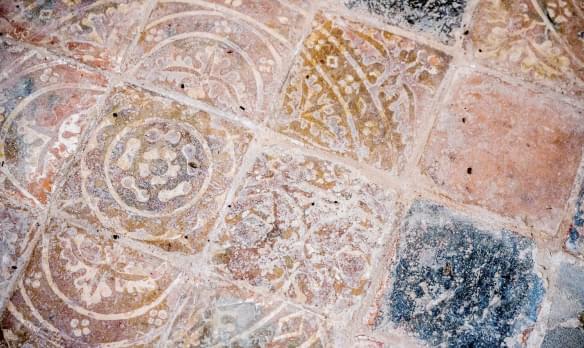
Dent, Cumbria | LA10 5QL
We have supported this church

Dent, Cumbria | LA10 5QL
We have supported this church

Dent, Cumbria | LA10 5QJ
Situated in the beautiful valley of Dentdale, Cumbria yet within the boundary of the Yorkshire Dales National Park, this Grade II building was originally built as a meeting house by the Society of Friends in 1701.
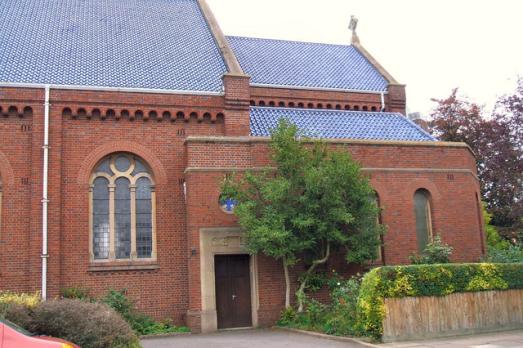
Coventry, West Midlands | CV5 8DR
The church in Chapelfields, Coventry has a blue roof.
We have supported this church

Kirkby-in-Furness, Cumbria | LA17 7TG
We have supported this church
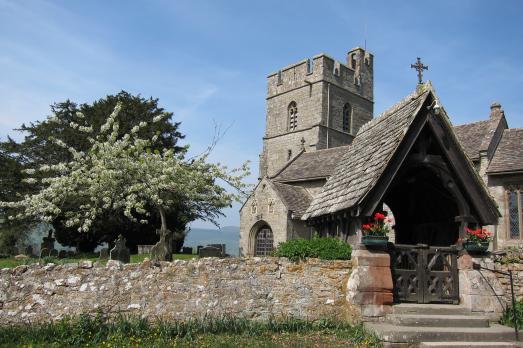
Old Radnor, Powys | LD8 2RL
Burned during the Glyndwr risings in 1401, St Stephen's is a church with a history to rival any castle, , with a rare surviving medieval rood screen and possibly the oldest organ in the UK.
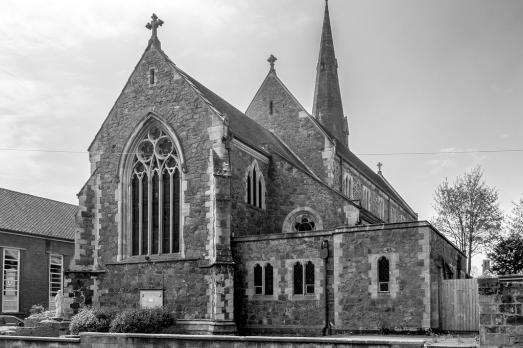
Coventry, West Midlands | CV1 4AQ
The oldest Catholic Church in Coventry, designed by Charles Hansom.
We have supported this church
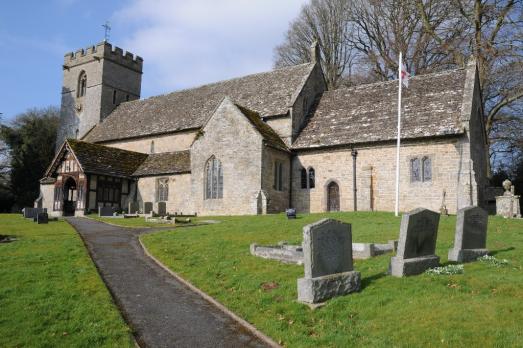
Lyonshall, Herefordshire | HR5 3HR
Occupies an imposing hillside setting with Norman origins but predominately ‘Early English’ to ‘Decorated’.
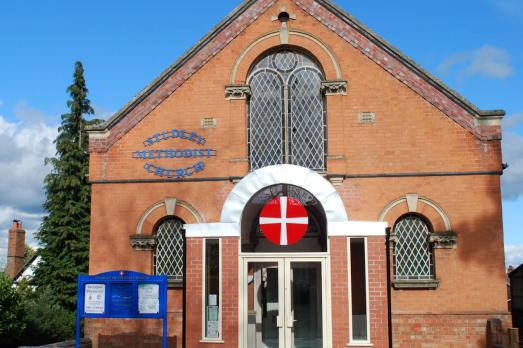
Studley, Warwickshire | B80 7NJ
Built of brick, it has the worship area on the upper floor, reached by a flight of six external stone steps, under a portico with a roof supported on stone pillars.
We have supported this church

Millom, Cumbria | LA18 4JA
We have supported this church
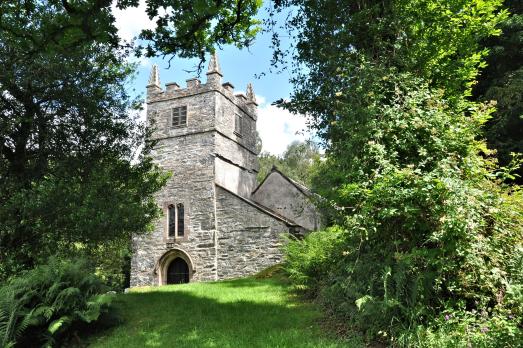
Staveley in Cartmel, Cumbria | LA12 8NH
A church was first established on this site in the aftermath of the Dissolution of the Monasteries when Cartmel Priory was dissolved as part of the Henrician Reformation and a chapel was built on the present site using materials from Cartmel around 1537.